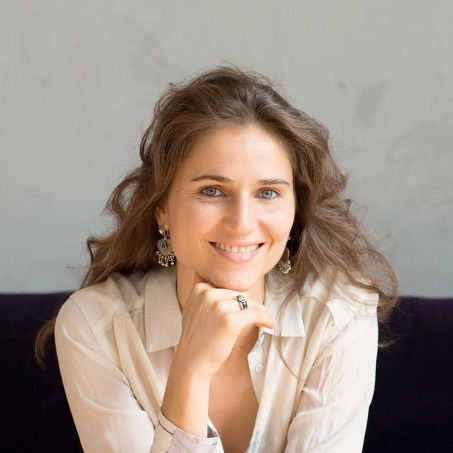Isabelle Chapuis was born in 1982 in Paris. Since her childhood, her practice of dance and naked sketches directs her art towards the human body. In 2005, after graduating from Penninghen in graphic arts, she chose photography as a means of expression. Isabelle's work ranges from artistic photography to therapeutic photography. These two dimensions nourish and reinforce each other.
In 2010, she won the Picto Price. Two years later, her work was awarded by the Bourse du Talent and was exhibited at the French National Library François Mitterrand, and are now part of its photographic collection. Since then, her creations have been regularly exhibited in galleries and institutions, including the 110 Galerie (Paris, 2022), the Palais Galliera (Paris, 2018), the Planches Contact festival (Deauville, 2018), Le Grand Musée du Parfum (Paris , 2016), the Bettina Gallery (Paris, 2013, 2015), the Contemporary Art Center of the Château des Adhémar (Montélimar, 2016). Her work is also exhibited in the United States at Snap Space (2015), as well as in Asia at the Galerie Paris 1839 (Hong Kong, 2016), within the Franco-Chinese Month of Environment (China, 2016 ) and the French May (Hong Kong, 2013).
